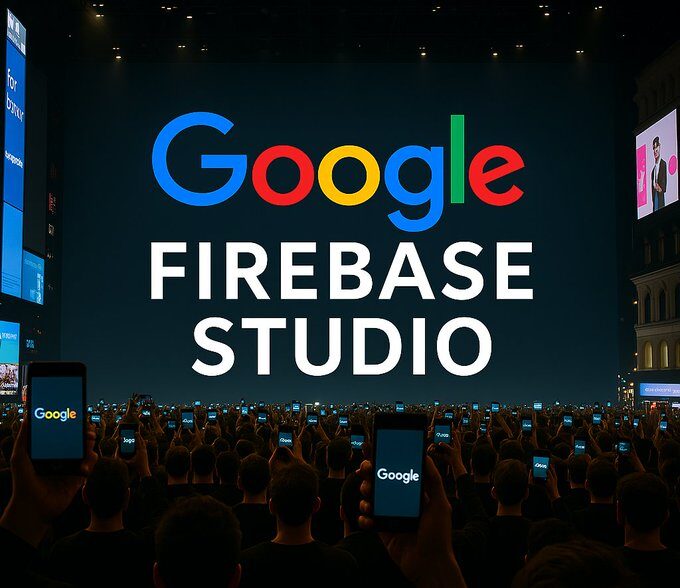
Google Just Dropped Firebase Studio — Here’s Everything You Need to Know
Google has introduced Firebase Studio, a new tool aimed at revolutionizing how we build and deploy apps. Announced on April 9, 2025, and currently in preview as of April 11, 2025, it’s a cloud-based development environment designed to help create full-stack AI apps efficiently. Whether you’re a seasoned coder or just starting, Firebase Studio integrates AI assistance from Gemini in Firebase, making it accessible and powerful.
What Is Firebase Studio?
Firebase Studio is Google’s answer to the growing complexity of modern app development. It’s an “agentic” environment—meaning AI agents assist at every stage—powered by Gemini, Google’s advanced generative AI model. Developers can now prototype, code, test, and deploy AI-infused apps without juggling multiple tools .
Key highlights include:
- Natural Language Prototyping: Describe your app idea in text, upload images, or sketch a UI, and Firebase Studio’s App Prototyping Agent generates a functional Next.js web app in seconds. It even auto-configures Gemini API keys and Genkit workflows .
- AI-Powered Coding Workspaces: Transition seamlessly from prototyping to coding in a Code OSS-based IDE. Gemini assists with debugging, testing, documentation, and even Docker setup—all while understanding your codebase .
- Instant Deployment: Publish prototypes directly to Firebase App Hosting with one click, leveraging Google’s CDN and server-side rendering. Share previews via URL or QR code for real-time feedback.
- Deep Firebase Integration: Access Firebase services like Authentication, Firestore, and Cloud Functions directly within the workspace. For advanced use cases, Data Connect simplifies GraphQL API generation for PostgreSQL databases .
But Is It Ready for Prime Time?
Early adopters report mixed experiences. While some praise its speed, others highlight gaps in reliability. UK developer Oscar Molnar spent hours debugging a Flutter chess clock app generated by Firebase Studio, noting that the AI often introduced errors and struggled with iterative fixes. “If I wasn’t a professional, the product would’ve failed,” he told The Register .
Critics argue that terms like “agentic AI” are overhyped. While Firebase Studio automates tasks like code migration and testing, it still requires human oversight—much like existing tools such as Cursor.
The Bigger Picture
Google’s move signals a shift toward AI-augmented development, where tools handle boilerplate code so developers focus on innovation. Firebase Studio isn’t just a coding environment; it’s a gateway to Google’s ecosystem, nudging developers toward Firebase services and Google Cloud billing .
For startups and indie developers, this could lower barriers to entry. Enterprises, however, may hesitate until the AI matures. As Molnar warns, maintaining AI-generated code remains a challenge—especially for less experienced teams.
Getting Started and Practical Considerations
For those eager to explore, Firebase Studio offers multiple entry points:
- Importing Projects: Users can import from source control (GitHub, GitLab, Bitbucket) or upload a compressed archive, with the option to export to GitHub directly, detailed at Import Guide.
- AI Prototyping: Leverage the App Prototyping agent for rapid development using natural language, with further information at AI Prototyping.
- Template Gallery: Start with templates from the gallery, supporting various languages and frameworks, accessible at Template Gallery.
In conclusion, Firebase Studio represents a significant step forward in app development, offering a blend of accessibility, AI assistance, and robust tooling. As it evolves, it could reshape industry standards, making app building more inclusive and efficient.
Key Citations
- Firebase Studio Official Documentation with key features
- Getting Started with Firebase Studio guide
- Introducing Firebase Studio blog post announcement
- VentureBeat Article on Firebase Studio launch
Join our Tech community to transform your tech journey!
user
Contributing Writer